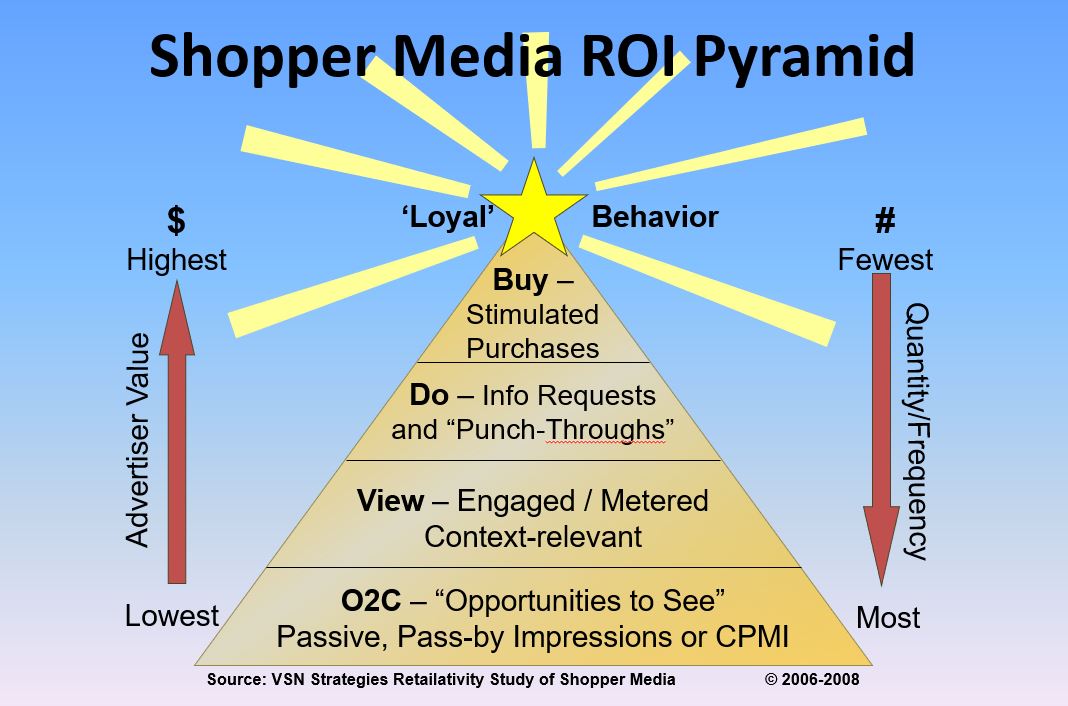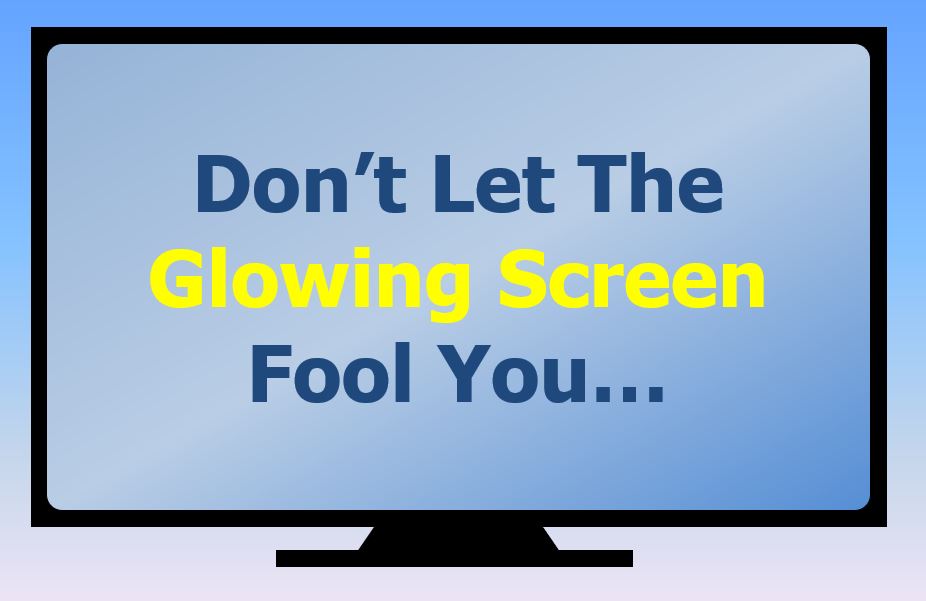WATCH OUT, Shopper Marketers! You may find yourselves entangled in a web of truths of your own making.
 It all began innocently enough; in 2005 when brand marketing behemoth Procter & Gamble advanced a provocative set of ideas around what it called the first and second moments of truth. Thanks to some savvy and persistent promotion, the terminology caught on fast:
It all began innocently enough; in 2005 when brand marketing behemoth Procter & Gamble advanced a provocative set of ideas around what it called the first and second moments of truth. Thanks to some savvy and persistent promotion, the terminology caught on fast:
- FMOT, the first moment, refers to the brief period when a shopper selects a desired product in the store.
- SMOT, the second moment, refers to the at-home consumption experience associated with that product.
Within the then-nascent Shopper Marketing community, this framework was a minor revelation. For brand marketers, FMOT gave credence to the argument that real marketing persuasion needed to be extended from measured media into the shopping environment. The store, it was discovered, shelters a separate marketing reality, where pre-purchase leanings are transformed into final choices.
Shopper Marketing defined a path to purchase that commences with media-induced product awareness and proceeds to interest, formation of intent, and ends with product selection at the shelf, FMOT. Once home, SMOT, or the actual product experience, takes place influencing subsequent decisions.
FMOT/SMOT was a pretty handy framework at first. But the concurrent rise of digital out of home and mobile media conspired to make things a lot more complicated, fast. The path to purchase, it turns out, is littered with hundreds of moments – text messages, in-store video ads, Web search, service encounters, Facebook apps, twitter feeds, QR codes and downloadable coupons, to name a few.
A few weeks ago the gleefully disruptive folks at Google seized the opportunity to coin a new Moment of Truth and promote it hard. They call it Zero Moment of Truth or ZMOT. Its premise is that interactions with search, Web, social and mobile price and product research media create a third type of online decision-making moment. The concept is a bit self-serving coming from the world’s largest seller of online advertising, but it has attracted much commentary and attention.
Almost immediately, new Moments starting appearing like so many pop-up windows on an e-commerce Web site.
In his post, “What is missing from moments of truth marketing”, blogger Joel Rubinson argues for the existence of “minus one” moments of truth that include such influences as word of mouth, in-store product visibility, and various types of advertising. Most interestingly, he proposes that these -1MOTs may occur in any sequence relative to FMOT and SMOT.
Joel’s point about the non-linear nature of the Moments of Truth is worthy of frequent repetition. Product experience is certainly a web of moments, not a fixed linear sequence. Call it WOT (Web of Truths)?
On the very same day and from an independent thought process, blogger David Berkowitz proposed adding “The Infinite Moment of Truth” to the model, which reflects his excellent observation that consumers may well describe their product and service experiences to others, relaying and amplifying the message beyond the scope and control of the marketer.
I applaud David for extending this Shopper Marketing discussion from the path-to-purchase toward the path-to-loyalty. A good thing, really, since the linkages are powerful and real. It made me think about Fred Reicheld’s 2006 book, The Ultimate Question, which proposed that genuine loyalty was best judged by an individual’s likelihood to recommend a product or service to others. Social media can super-charge this potential.
Both bloggers are smart, experienced people I know for some years and their ideas are intelligent and worthy of respect. But I must confess to an impish reaction that led me to ponder: Just how many bon MOTs can one industry handle? ZMOT; FMOT; SMOT; Rubinson’s -1MOT; Berkowitz’s IMOT…
At risk of attracting ridicule, my imp compels me to toss another acronym into the mix: XMOT, the eXtended Moment of Truth. It’s my way of stretching the Web of Truths a bit wider – not quite to infinity, but toward its potential to help us understand the multifaceted tangle of influences each person receives, reflects and responds to in their roles as shoppers, consumers, and friends.



